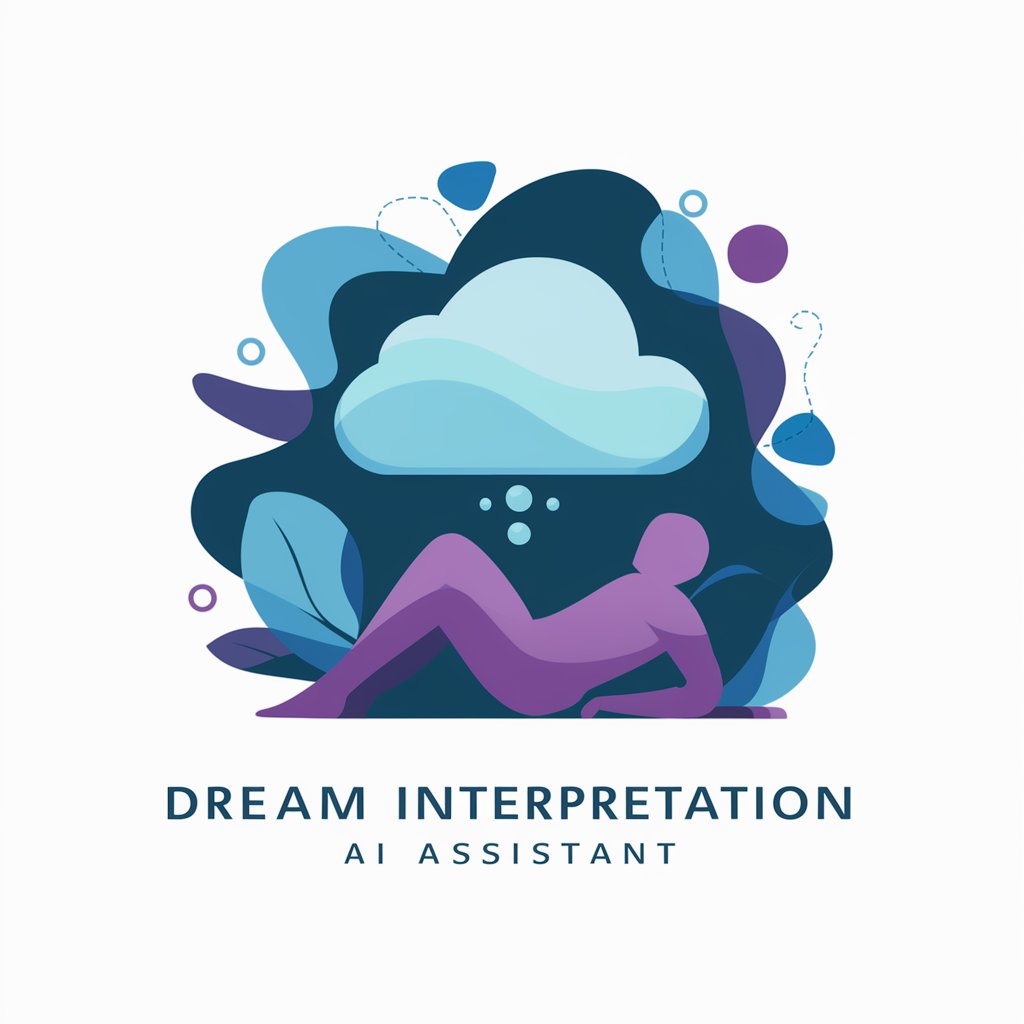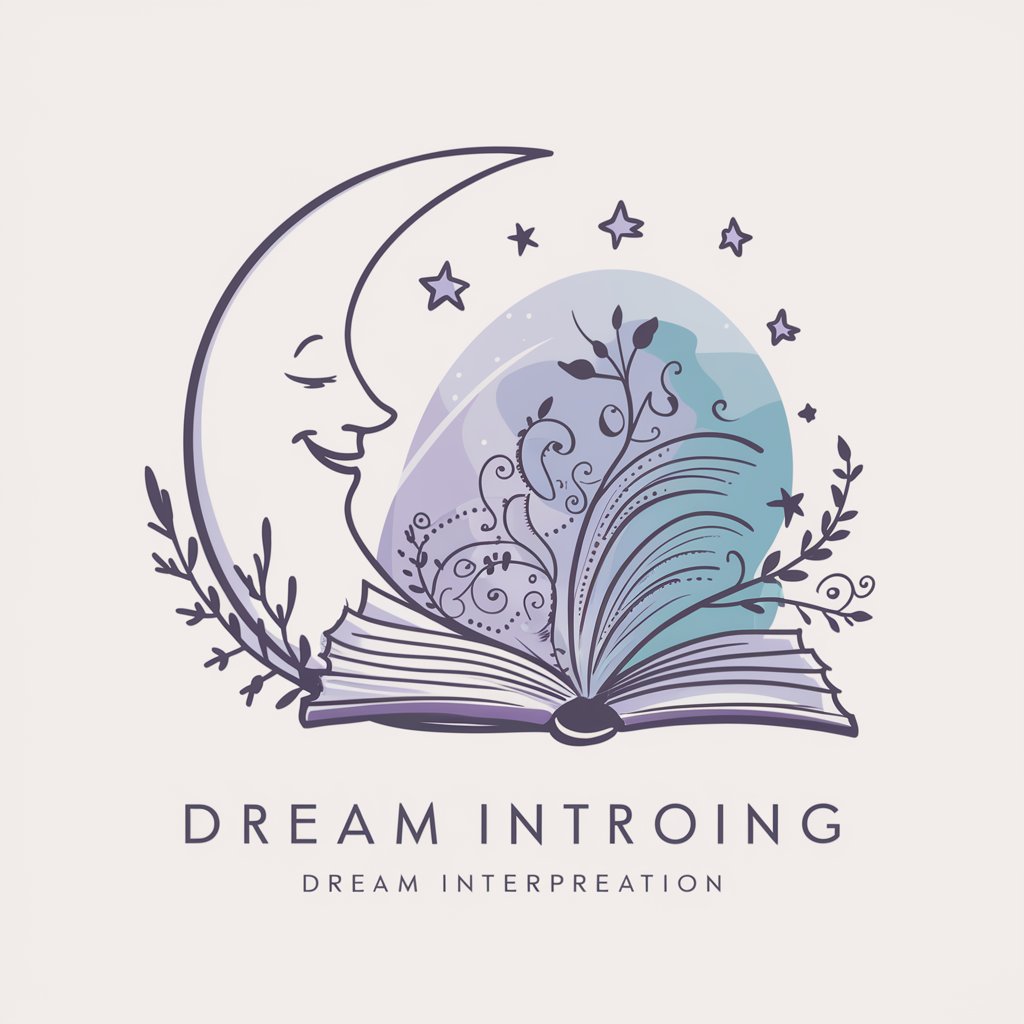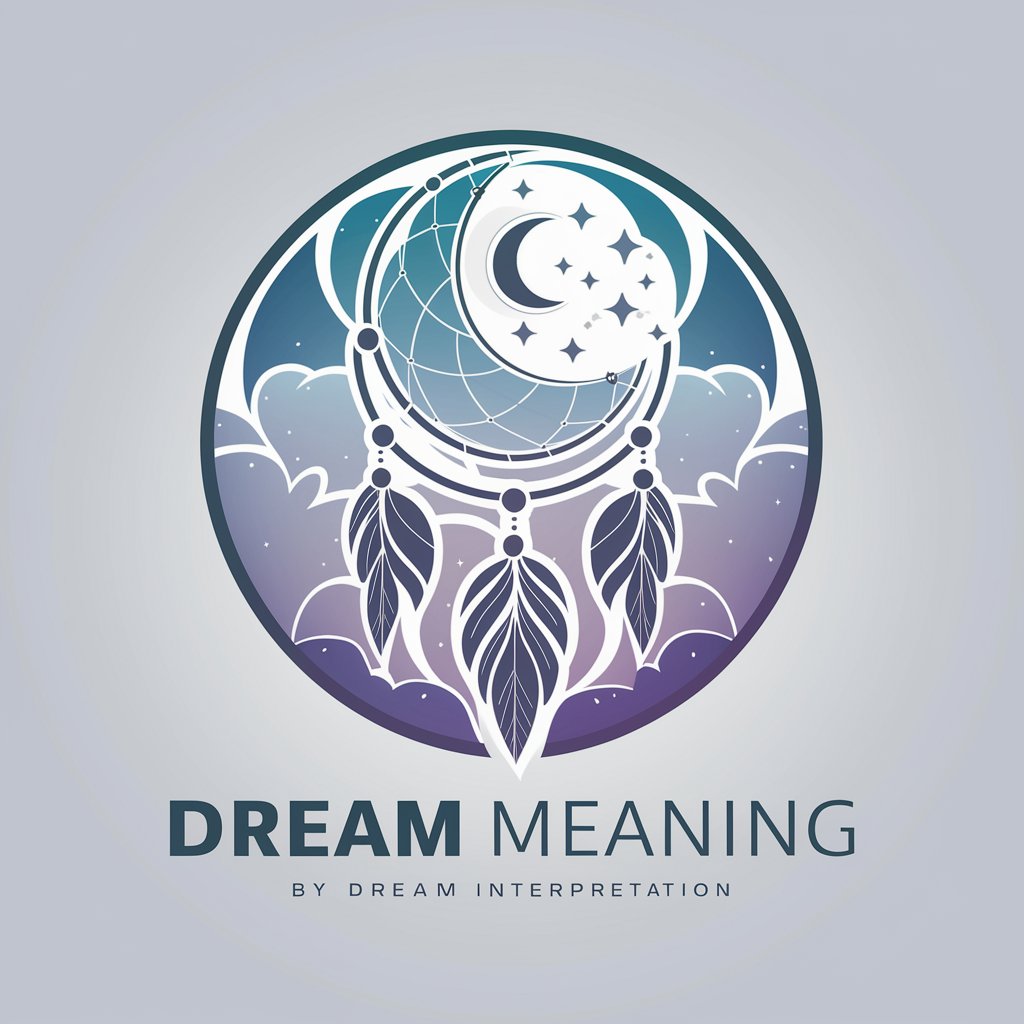
Dream Meanings and Metaphors - Dream Insight Analysis
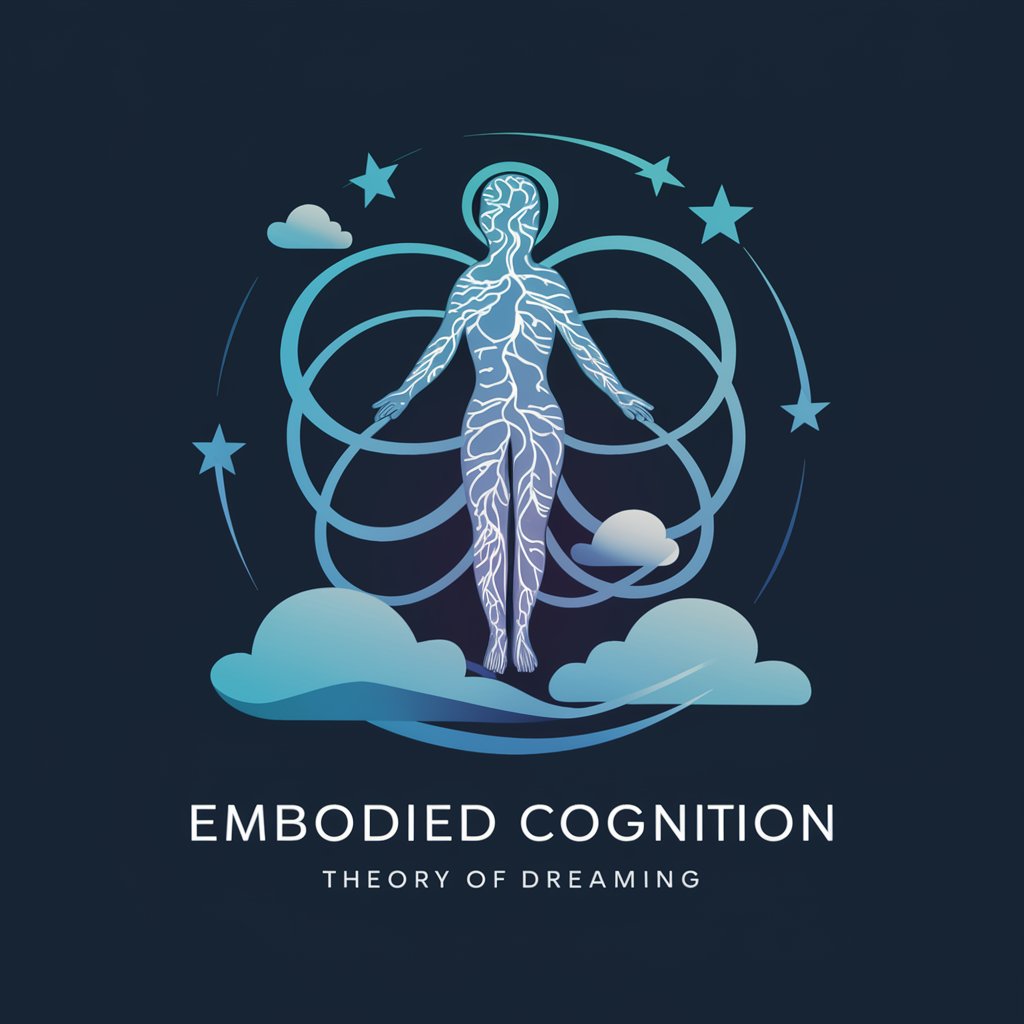
Hello! Let's explore the deeper meanings of your dreams together.
Unlock the Hidden Meanings of Your Dreams with AI
Describe a dream you recently had, focusing on the key actions and emotions.
Share the most vivid imagery from your dream and explain how it made you feel.
What recurring dreams or symbols do you often experience?
Explain a dream where you felt a strong sense of movement or physical activity.
Get Embed Code
Introduction to Dream Meanings and Metaphors
Dream Meanings and Metaphors is a specialized service designed to analyze and interpret the complex, symbolic language of dreams using the principles of Embodied Cognition Theory. This approach considers dreams as sensorimotor and affective experiences that are metaphorically structured to reflect our waking life concerns, emotions, and abstract concepts. For example, a person dreaming of flying might be exploring feelings of freedom or escape from life's pressures. The design purpose of Dream Meanings and Metaphors is to help individuals understand the underlying messages in their dreams, providing insights into their emotional and psychological states. By interpreting the embodied metaphors and schemas present in dreams, it assists users in connecting their dream experiences with their waking life, offering a deeper understanding of their subconscious motivations, fears, and desires. Powered by ChatGPT-4o。

Main Functions of Dream Meanings and Metaphors
Analysis of Embodied Metaphors
Example
Interpreting a dream where the dreamer is trapped in a maze might reflect feelings of confusion or searching for direction in life.
Scenario
A user struggling with a major life decision shares a dream of being lost in a forest. The service interprets this as navigating through uncertainty, suggesting the dreamer is seeking clarity and purpose.
Identification of Sensorimotor Schemas
Example
A dream of falling can signify loss of control or anxiety about a situation in the dreamer's waking life.
Scenario
A user experiencing anxiety over job security shares a recurring dream of falling. The service helps them understand this as a metaphor for the fear of failure or sudden change, prompting a reflection on their work-life balance and security.
Connecting Dreams to Waking Life Concerns
Example
Dreaming of a storm approaching might symbolize looming challenges or internal turmoil.
Scenario
A user concerned about upcoming personal challenges shares a dream about an approaching storm. The service interprets this as anticipation of conflict or stress, offering insight into the user's emotional readiness and resilience.
Ideal Users of Dream Meanings and Metaphors Services
Individuals Seeking Personal Insight
People interested in self-discovery and understanding their subconscious mind. They benefit from exploring the meanings behind their dreams, which can illuminate hidden emotions, desires, and conflicts.
Therapists and Counselors
Professionals in mental health fields who use dream analysis as a tool to gain deeper insights into their clients' psychological states, facilitating therapeutic processes and emotional healing.
Researchers and Academics
Individuals studying dreams, psychology, or cognitive science, seeking to understand the connection between dreaming and waking life from an embodied cognition perspective.
Creative Professionals
Writers, artists, and creators who look to their dreams for inspiration, creativity, and tapping into their unconscious mind for original ideas and artistic expression.

How to Use Dream Meanings and Metaphors
1
Start your journey at yeschat.ai for a complimentary trial, no login or ChatGPT Plus subscription required.
2
Prepare a detailed description of your dream, including all sensory experiences, emotions, and notable symbols or events.
3
Submit your dream description using the provided text input field, ensuring you've included as much context as possible for a precise analysis.
4
Review the generated metaphors and meanings, which will explore the sensorimotor and abstract concepts embodied in your dream.
5
Reflect on the provided interpretations to identify how they may relate to your waking life concerns, using the insights to guide personal growth or understanding.
Try other advanced and practical GPTs
Employer Branding Generator
Empower Your Company's Attraction with AI

B1 Bomber Commander
Strategize, Navigate, Survive: AI-Powered Air Combat

DJ Santa
Crafting Your Holiday Soundtrack with AI

Strategic Summary
AI-Powered, Perspective-Driven Summaries
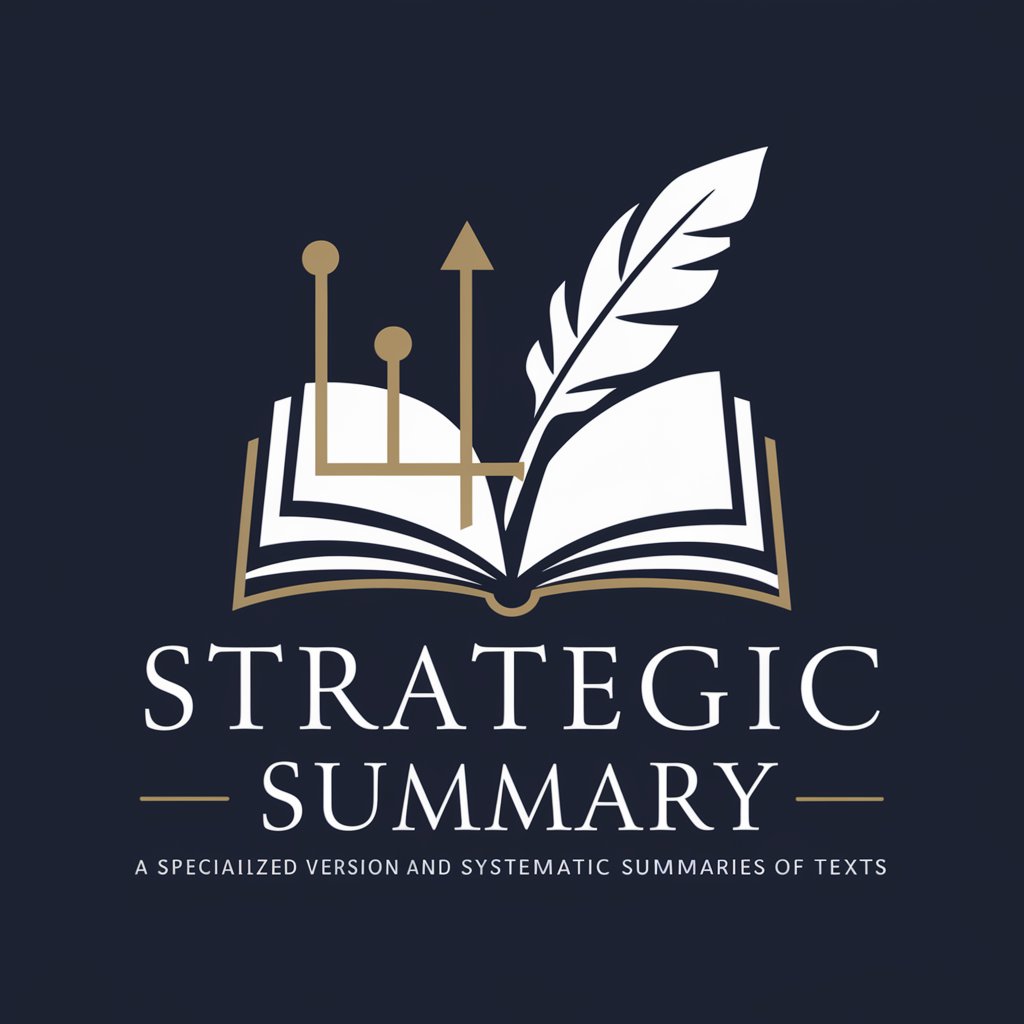
Nguyen Ngoc Ngan Audio Horror Storyteller
Bringing Horror Stories to Life with AI
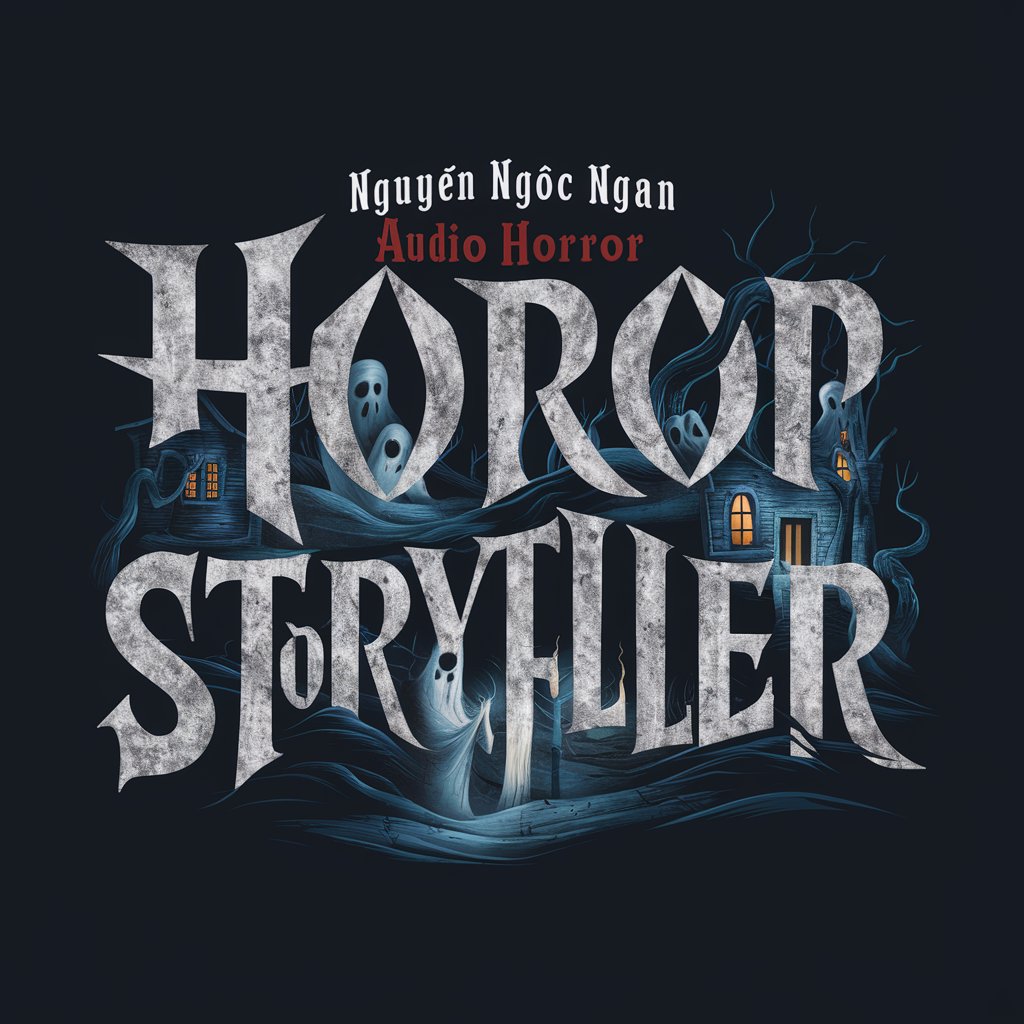
Coaching Simulator
Sharpen Your Coaching Skills with AI

Dream Titles with Artwork
Turning Dreams into Artistic Realities

ThinkCode AI
Empowering your coding journey with AI

Times vs All GPT
Navigating AI's Legal Landscape
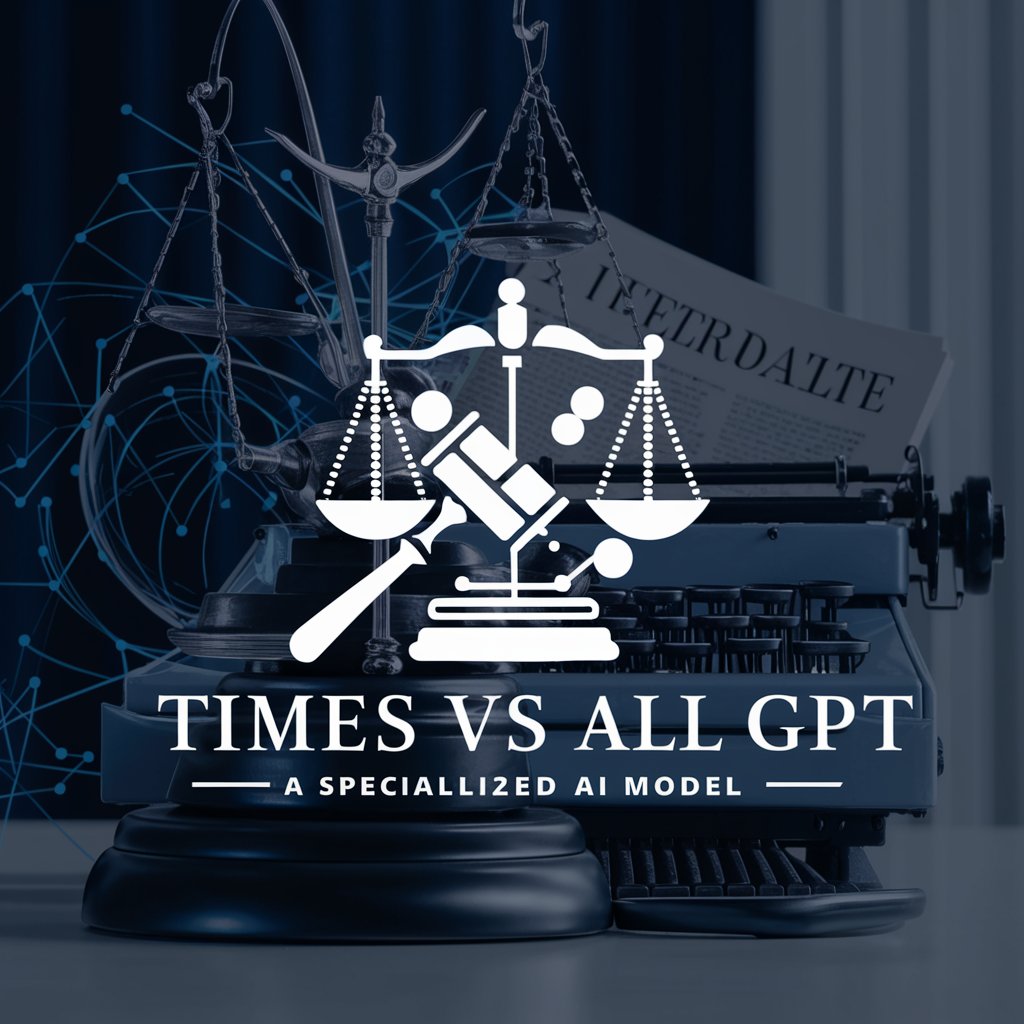
Mars Colonizer
Exploring Mars, powered by AI

TSLH
Explore Turkish cuisine with AI

GiftGPT
Tailoring joy with AI-powered gifting

Frequently Asked Questions About Dream Meanings and Metaphors
What is the theoretical basis of Dream Meanings and Metaphors?
This tool is grounded in the Embodied Cognition Theory of Dreaming, which posits that dreams prepare individuals for waking life by organizing affective and sensorimotor experiences into schemas, allowing for the rehearsal of waking life reactions through embodied metaphors.
Can this tool help with recurring dreams?
Yes, by analyzing the sensorimotor details and abstract concepts of recurring dreams, this tool can uncover underlying schemas that may be influencing your waking life, helping you address unresolved issues or patterns.
Is the tool suitable for all types of dreams?
Absolutely. Whether vivid, confusing, recurring, or seemingly mundane, this tool is designed to explore the deeper meanings and metaphors of any dream by applying the principles of embodied cognition.
How accurate are the dream interpretations provided?
While interpretations are based on the Embodied Cognition Theory and aim to be insightful, they are suggestions for reflection rather than definitive analyses. Accuracy may vary depending on the detail and context provided by the user.
Can this tool assist in personal development?
Definitely. By understanding the metaphors and schemas within your dreams, you can gain insights into your subconscious concerns, desires, and emotional processes, aiding in self-awareness and personal growth.
